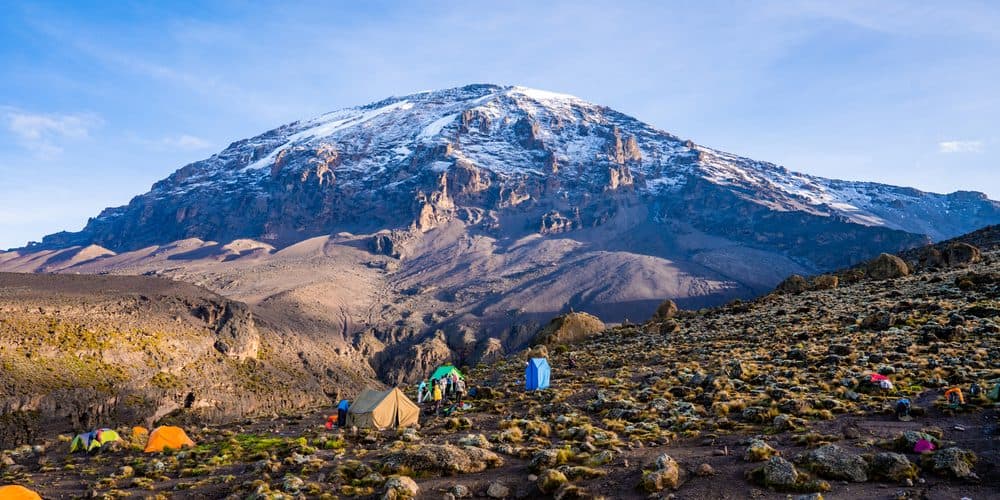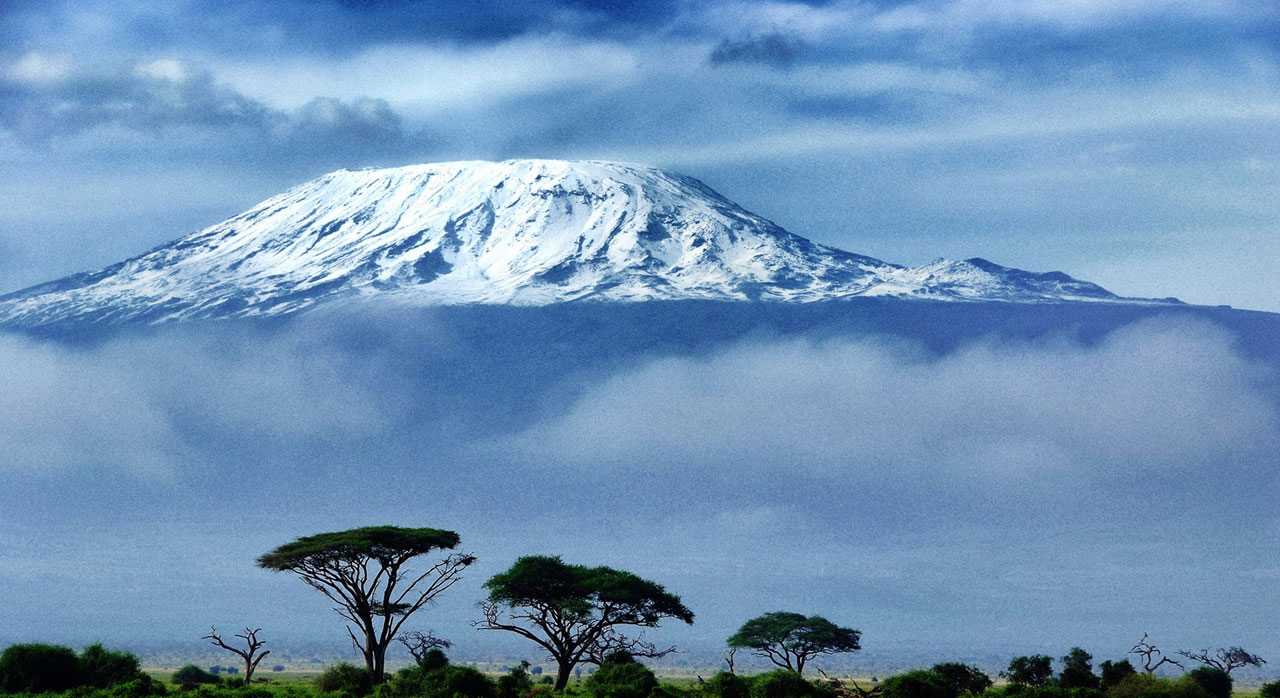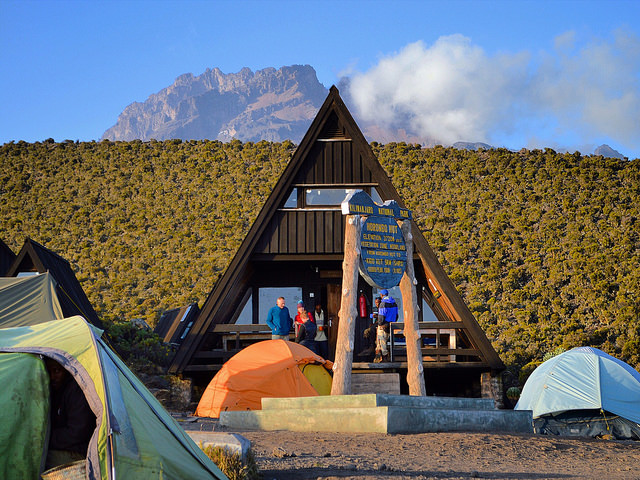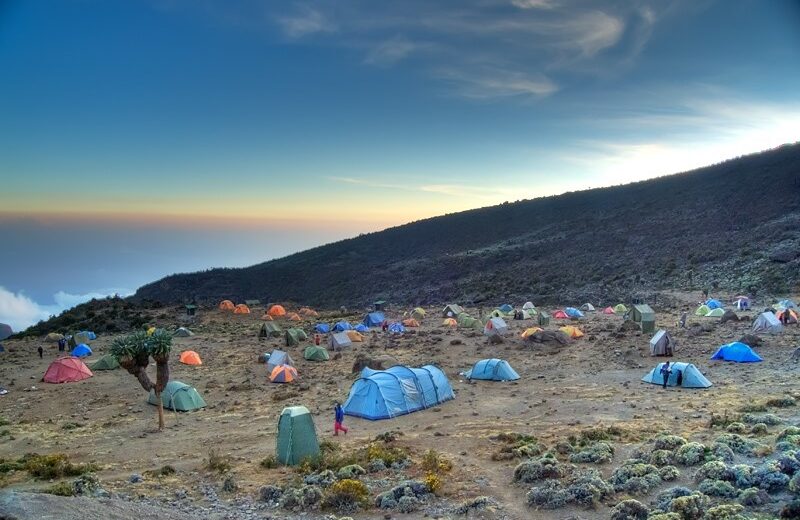Highest Freestanding Mountain:
Kilimanjaro's Uhuru Peak stands at an elevation of 5,895 meters (19,341 feet) above sea level, making it the tallest freestanding mountain in the world. Climbers can ascend from the base to the summit without the need for technical mountaineering equipment.
Multiple Climbing Routes:
Kilimanjaro offers several trekking routes, each with its own unique features, landscapes, and challenges. The Marangu Route, Machame Route, and Lemosho Route are some of the most popular. Each route caters to a different experience level and personal preferences.
Diverse Ecosystems:
Climbing Kilimanjaro is like a journey through various climate zones, from the lush rainforests at the mountain's base, where you might spot colobus monkeys, to the alpine desert and glaciers near the summit. The transition in flora and fauna as you ascend is truly remarkable.
Glaciers and Snow:
Despite being near the equator, Kilimanjaro's summit is adorned with permanent glaciers. However, due to climate change, these glaciers are rapidly receding. Witnessing them while they last is a privilege.
Cultural Encounters:
The surrounding region is home to various ethnic groups, including the Chaga, Pare, and Maasai people. Engaging with the local communities offers insight into their cultures and traditions. The Chaga people, in particular, have a rich history of living in the shadow of Kilimanjaro.
Physical Challenge:
Climbing Kilimanjaro is a challenging endeavor, but it doesn't require specialized technical skills or mountaineering experience. The ascent is a test of one's physical and mental endurance, making it a rewarding adventure for trekkers from various backgrounds.
Summit Sunrise:
Reaching the summit just in time for sunrise is a life-changing experience. As the sun casts its first rays on the African plains below, you'll witness breathtaking panoramic views that are simply unparalleled.
Global Conservation Efforts:
Kilimanjaro and its surrounding ecosystems are a focus of conservation efforts to protect its unique biodiversity and mitigate the effects of climate change. Climbing Kilimanjaro is an opportunity to appreciate and contribute to these vital conservation initiatives.
Mount Kilimanjaro offers a challenging and unforgettable adventure for those who seek to reach its summit. The sense of accomplishment and the stunning natural beauty encountered along the way make this iconic mountain a destination like no other. Whether you're an experienced trekker or a first-time climber, Kilimanjaro promises a once-in-a-lifetime experience that leaves a lasting imprint on your heart and soul.

















